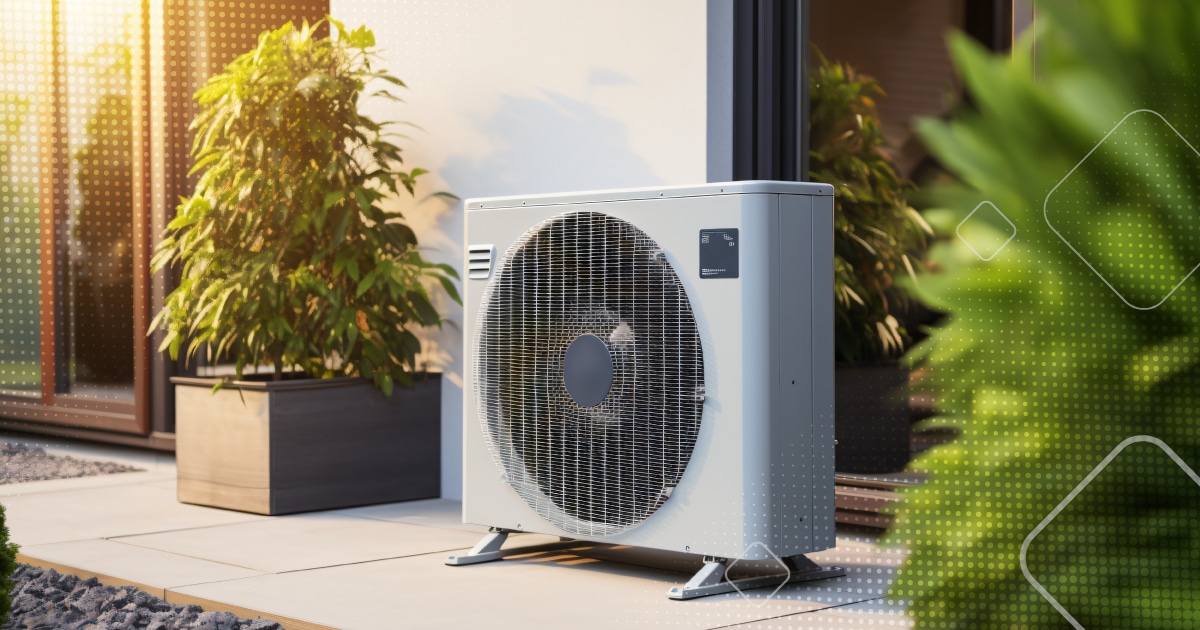Understanding the Difference Between Heat and Temperature - NEC Coop
Dec 22, 2023 — Electric Tips at Home, Resources

Heat and temperature are closely related yet distinct concepts. We’ll explore how they differ.
Understanding the difference between heat and temperature is important for households in Texas, especially considering our diverse climate. Both concepts are related to energy and its impact on our surroundings, but they are not the same.
Let’s explore how they differ.
The Science of Heat
Heat is a form of energy. It’s the total kinetic energy of the particles in a substance. Think of it as the energy in transit – when it moves from a hotter object to a cooler one until both reach the same temperature. This transfer can happen in three ways – conduction, convection, and radiation. For example, when the sun heats your home, it’s through radiation. When your feet feel warm on a heated floor, that’s conduction. And when warm air circulates inside your house, that’s convection.
Heat is measured in joules or calories, and it’s not something you can directly sense. You can’t feel the heat energy contained in an object just by touching it; you’re actually feeling the energy as it moves.
Heat is expressed through temperature, which measures how hot or cold something is.
The Relationship Between Heat and Temperature
Temperature is a measure of the average kinetic energy of particles in a substance. It’s what your thermometer shows. It’s a way to gauge how hot or cold something is, but not how much heat energy it contains. Temperature is measured in degrees – Celsius (°C), Fahrenheit (°F), or Kelvin (K). In the United States, Fahrenheit is widely used for everyday purposes, such as weather forecasts, cooking recipes, and checking body temperature.
The relationship between heat and temperature can be likened to filling a pool with water. The amount of water (heat) added or removed from the pool influences the water level (temperature). Just as adding more water raises the level, increasing heat raises the temperature. Conversely, removing water lowers the level, just as losing heat lowers the temperature. But the amount of temperature change also depends on the characteristics of the substance – like its mass and specific heat capacity. Water, for instance, requires more heat to change its temperature than a metal spoon.
Tips for Families
- Understand your home’s insulation – Good insulation keeps heat energy from escaping in winter and entering in summer. This means less energy is needed to maintain a comfortable temperature.
- Smart thermostat use – Keep an eye on the temperature settings. Lowering the thermostat in winter and raising it in summer, even by a few degrees, can save energy and reduce your bills.
- Regular maintenance of heating/cooling systems – Ensure your systems are efficiently transferring heat. Regular checks and maintenance can prevent energy loss.
- Be mindful of direct sunlight – Use curtains or blinds. This simple action can significantly reduce the heat entering your home in summer, reducing the need for air conditioning.
- Use energy-efficient appliances – These are designed to use less energy (heat) for the same performance, be it cooking or heating water.
- Educate your family – Teach everyone in the household about the importance of conserving heat and managing temperature smartly.
Understanding the science and the difference between heat and temperature can help Texas families to make informed decisions about their energy use. Simple changes in daily habits can lead to more comfortable living environments and reduced energy bills. Remember, every joule of energy saved counts!
Sources:
“Introduction to Heat Transfer,” Let’s Talk Science, https://letstalkscience.ca/educational-resources/backgrounders/introduction-heat-transfer
“Heat and temperature,” Khan Academy, https://www.khanacademy.org/science/chemistry/thermodynamics-chemistry/internal-energy-sal/a/heat
“Heat vs temperature,” Energy Education, https://energyeducation.ca/encyclopedia/Heat_vs_temperature

